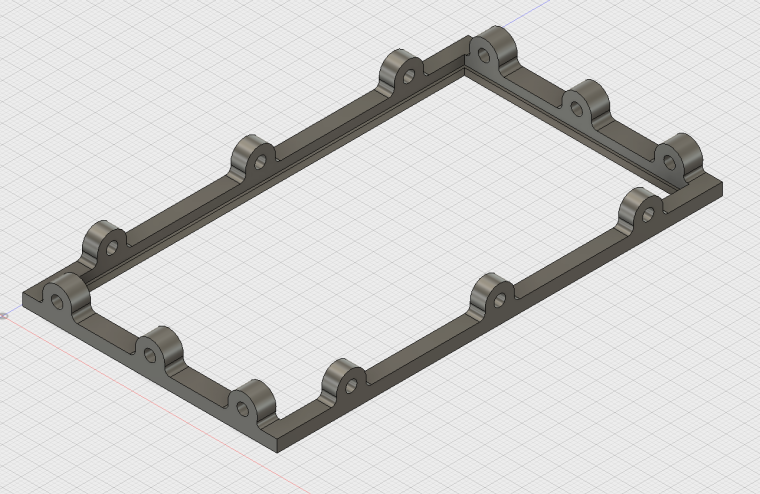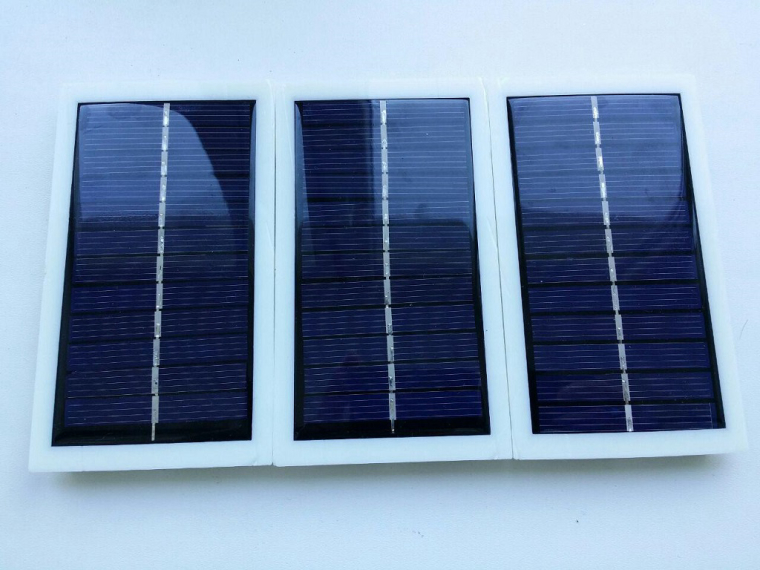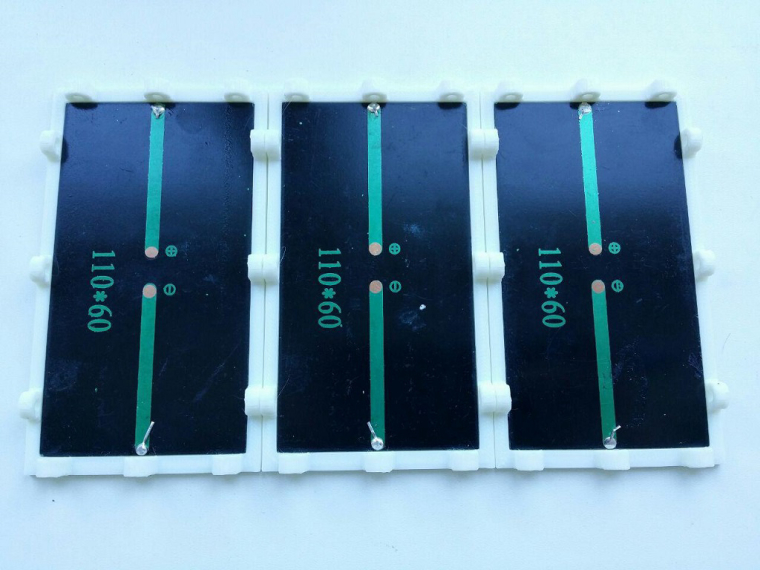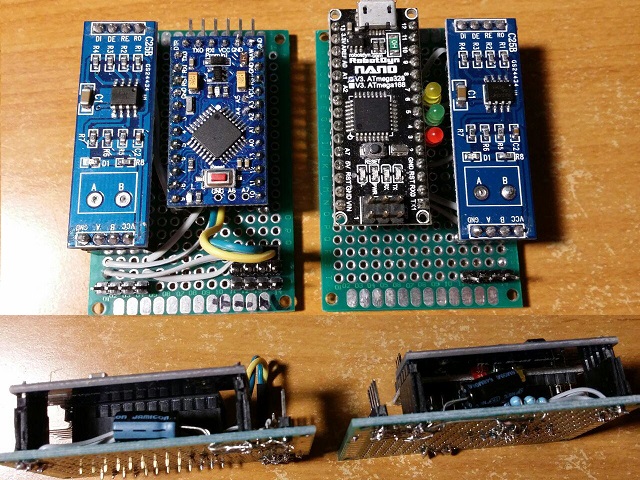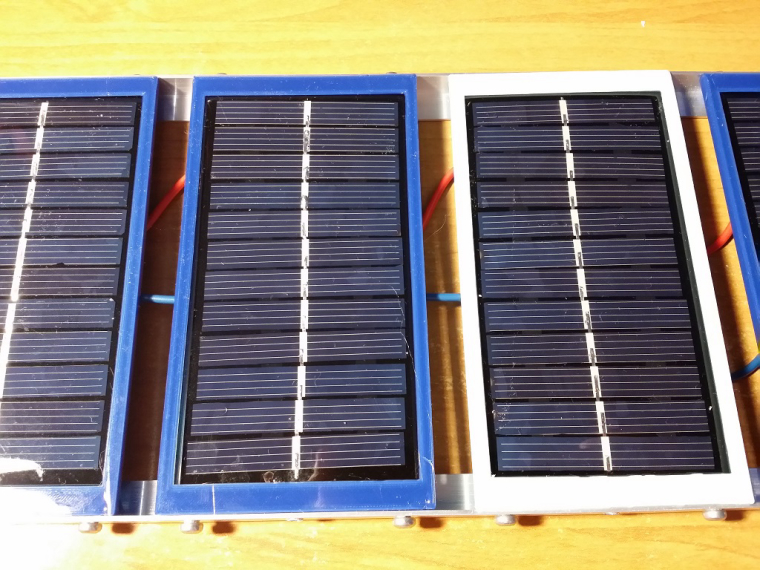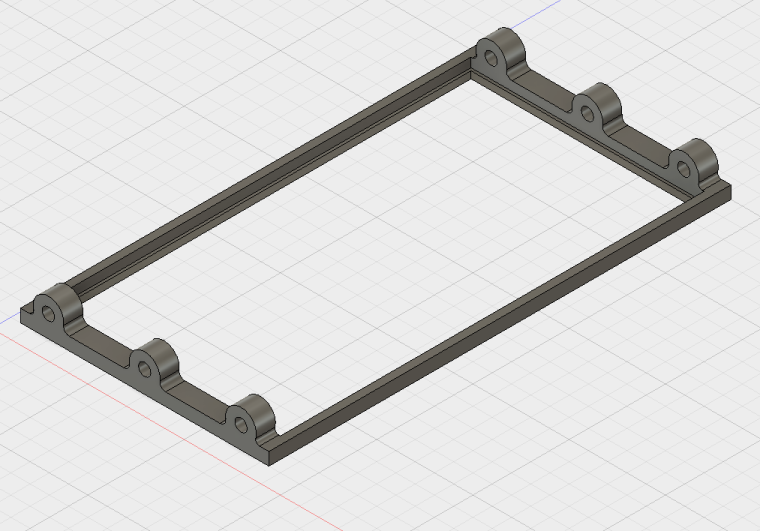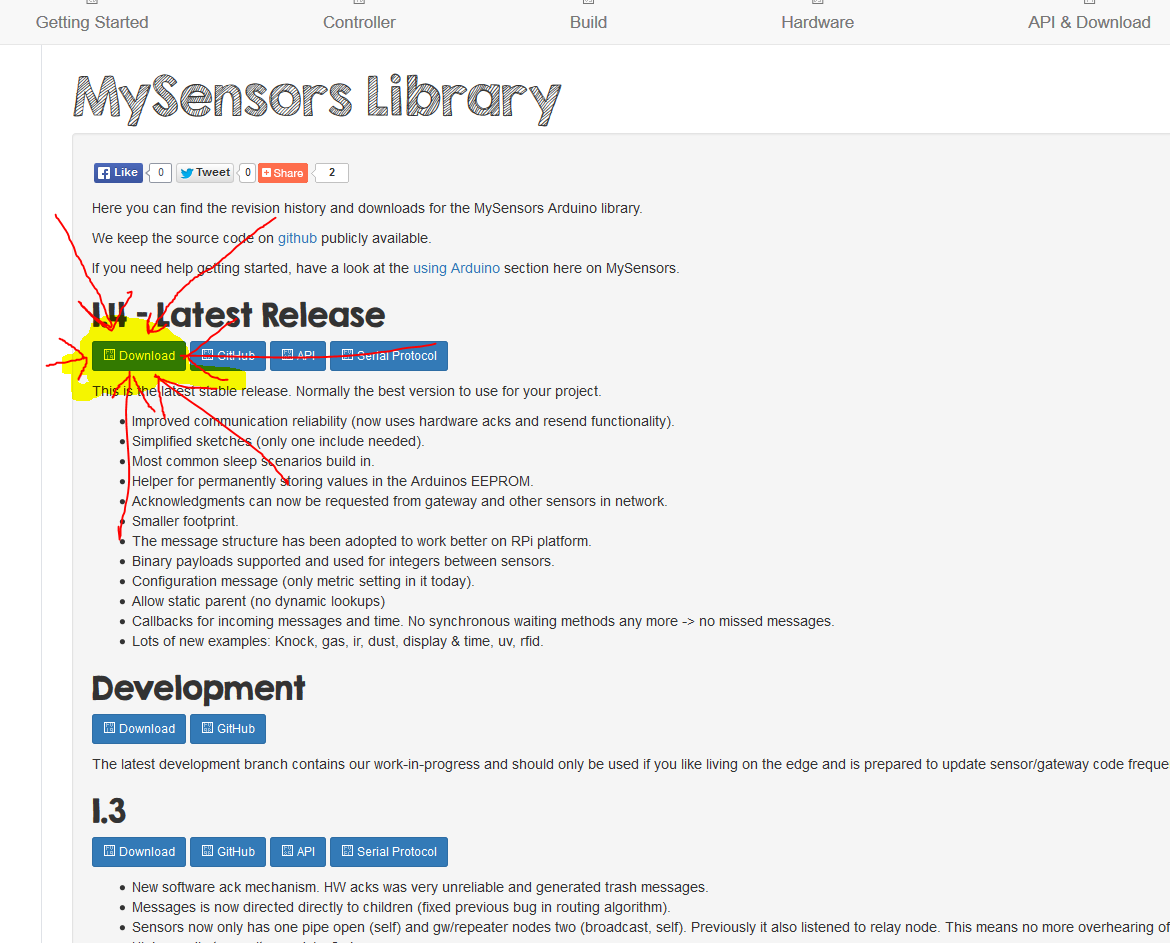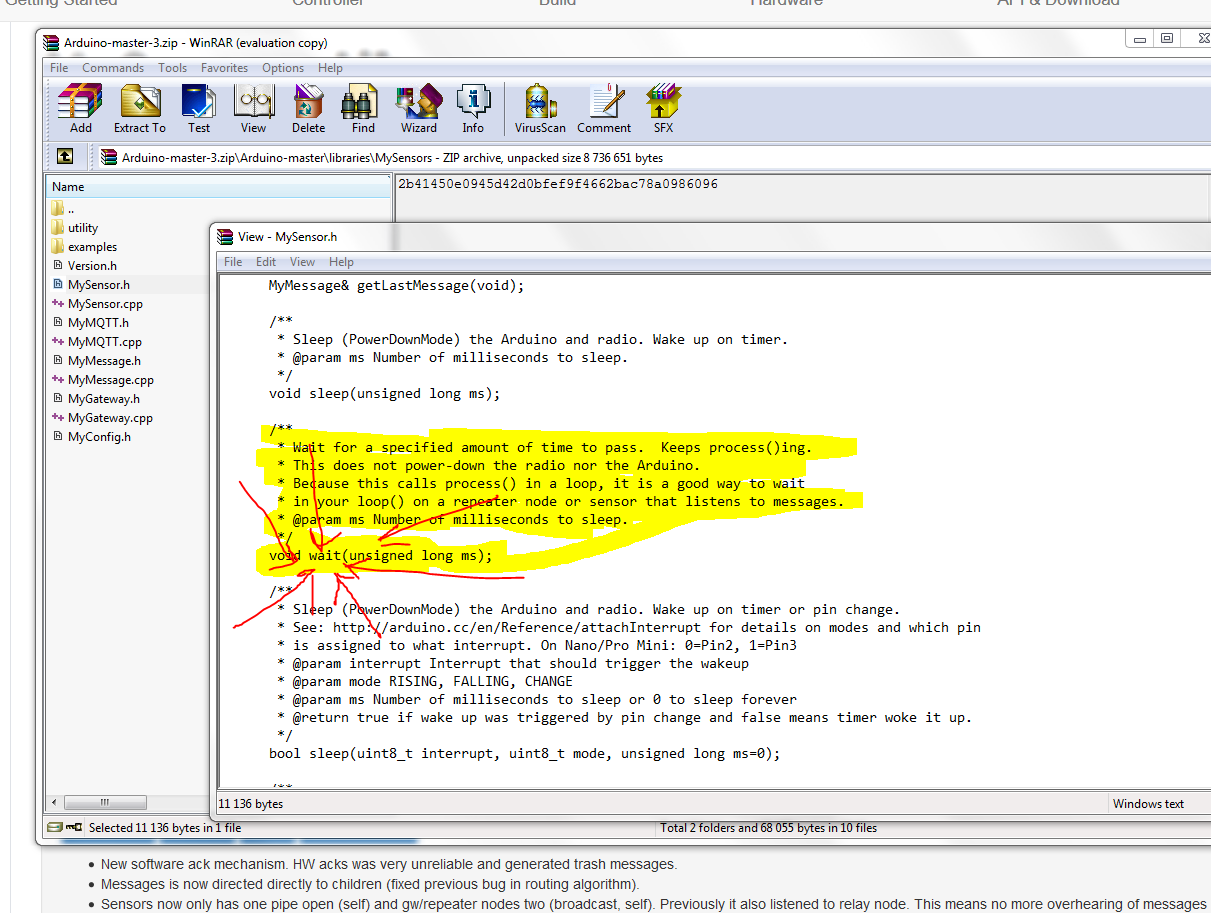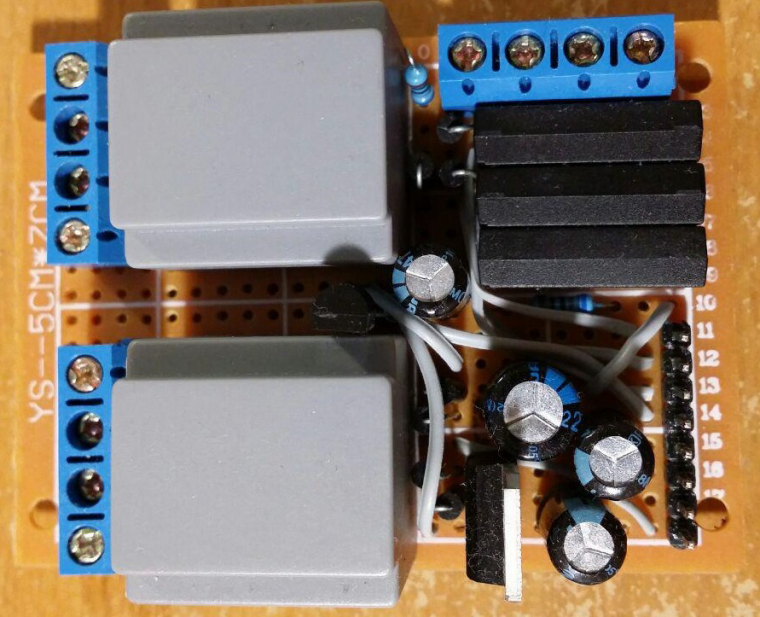I think I found problem. As I said before, seems like WiFi's clients[i].write() call blocks thread for a very long time.
I added logging of write() time:
// Send message to connected clients
#if defined(MY_GATEWAY_ESP8266)
unsigned long start_time = hwMillis();
for (uint8_t i = 0; i < ARRAY_SIZE(clients); i++)
{
if (clients[i] && clients[i].connected())
{
clients[i].write((uint8_t*)_ethernetMsg, strlen(_ethernetMsg));
}
}
debug(PSTR("WiFi transaction time: %u ms\n"), hwMillis() - start_time);
#else
_ethernetServer.write(_ethernetMsg);
#endif
And got following results:
For Perl script from FreeBSD server in another country (ping to server is about 55 milliseconds):
0;0;3;0;9;WiFi transaction time: 141 ms
0;0;3;0;9;read: 2-2-0 s=1,c=1,t=23,pt=2,l=2,sg=0:98
0;0;3;0;9;WiFi transaction time: 141 ms
0;0;3;0;9;read: 2-2-0 s=6,c=1,t=43,pt=3,l=2,sg=0:2
0;0;3;0;9;WiFi transaction time: 140 ms
0;0;3;0;9;read: 1-1-0 s=105,c=1,t=0,pt=7,l=5,sg=0:27.5000
0;0;3;0;9;WiFi transaction time: 136 ms
0;0;3;0;9;read: 1-1-0 s=106,c=1,t=0,pt=7,l=5,sg=0:52.8750
0;0;3;0;9;WiFi transaction time: 140 ms
0;0;3;0;9;read: 1-1-0 s=107,c=1,t=0,pt=7,l=5,sg=0:45.9375
0;0;3;0;9;WiFi transaction time: 142 ms
0;0;3;0;9;read: 1-1-0 s=108,c=1,t=0,pt=7,l=5,sg=0:34.4375
0;0;3;0;9;WiFi transaction time: 137 ms
0;0;3;0;9;read: 1-1-0 s=1,c=1,t=16,pt=0,l=1,sg=0:0
0;0;3;0;9;WiFi transaction time: 143 ms
Connection from LAN (windows telnet client):
0;0;3;0;9;read: 3-3-0 s=1,c=1,t=23,pt=2,l=2,sg=0:61
0;0;3;0;9;WiFi transaction time: 209 ms
0;0;3;0;9;read: 4-4-0 s=1,c=1,t=24,pt=2,l=2,sg=0:152
0;0;3;0;9;WiFi transaction time: 201 ms
0;0;3;0;9;read: 4-4-0 s=2,c=1,t=24,pt=2,l=2,sg=0:43
0;0;3;0;9;WiFi transaction time: 212 ms
0;0;3;0;9;read: 4-4-0 s=3,c=1,t=24,pt=2,l=2,sg=0:129
0;0;3;0;9;WiFi transaction time: 209 ms
0;0;3;0;9;read: 4-4-0 s=4,c=1,t=24,pt=2,l=2,sg=0:147
0;0;3;0;9;WiFi transaction time: 208 ms
0;0;3;0;9;read: 2-2-0 s=102,c=1,t=0,pt=7,l=5,sg=0:4.2500
0;0;3;0;9;WiFi transaction time: 221 ms
0;0;3;0;9;read: 2-2-0 s=103,c=1,t=0,pt=7,l=5,sg=0:27.4375
0;0;3;0;9;WiFi transaction time: 208 ms
0;0;3;0;9;read: 2-2-0 s=104,c=1,t=0,pt=7,l=5,sg=0:23.3750
0;0;3;0;9;WiFi transaction time: 210 ms
0;0;3;0;9;read: 2-2-0 s=3,c=1,t=1,pt=7,l=5,sg=0:99.9
0;0;3;0;9;WiFi transaction time: 208 ms
Seems like many packets coming to NRF24L01+ in this time interval (140-200 milliseconds) and this causes NRF buffer overflow and packet loss.


